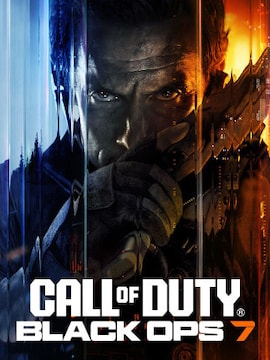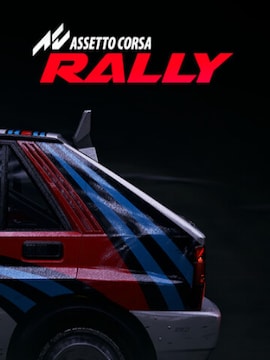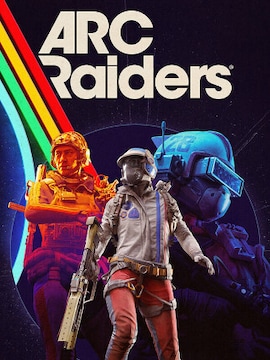You’re fighting, exploring, looting… and then suddenly: “You can’t carry any more items — your inventory is full”. Sound familiar?
That’s where Inventory Management comes in — the system that lets us collect, organize, and use items, while also limiting how much we can carry — by space, weight, or even item shape.
Inventory Management Meaning in Games
Why even have limits? Wouldn’t it be awesome to have an infinite backpack? Sure — but limits create tension and meaningful choices.
What do you keep, what do you drop? Is it worth the risk to grab that rare loot or head back to camp and unload? Do you really need a third potion bottle, or should you take the new sword instead?
Inventory management adds strategy and depth — it makes you think, plan, and organize.
How To Manage Game Inventory — Examples from Popular Games
Resident Evil
In classic (and some newer) Resident Evil games, your inventory is a briefcase made of square slots. Each item takes up a certain number of them. Pistol ammo? 1 slot. Shotgun? 4–6 slots. Medkits, grenades, keys… they all take space.
What’s cool is that you can rotate and move items, like a mini-game of Tetris. It’s not just about collecting — you’re packing efficiently. A great example of inventory as a logic puzzle.
Diablo
In the older Diablo games, it’s all about grid-based inventory again. Every item takes up space, and the grid is limited. We have to constantly ask: “Can I fit this sword in, or do I ditch that old shield?”. Add to that loot management — weighing the value of new gear vs. what you’re already carrying. Every choice counts.
Skyrim
Skyrim takes a different approach. No grid — just a list of items, and each has a weight. Your character has a carry limit (based on strength), which you can boost with perks, enchanted gear, potions, or… your loyal follower (shout-out to Lydia!).
Go over the limit, and boom – no running, no fast travel, and you’re slow, heavy, and stuck. This is a classic example of inventory limiting mobility and forcing tough choices.
Item Sorting – Turning Chaos into Order
Once your inventory is full, you’ll want to sort it. Games often let you filter by weight, name, item type (weapons, armour, food, quest items), or value.
In games like Skyrim, this becomes essential — at some point, you’re carrying over 100 items, and good luck finding anything without some structure.
Why Do Players Love It?
Because inventory management is a kind of micro-management with rewards. That feeling when you perfectly arrange your case in Resident Evil? Or drop junk in Skyrim and suddenly, you can run again? It’s satisfying.
Plus, it teaches planning and prioritization. It adds realism (no one carries 6 battleaxes in their pocket), and gives us a sense of control and organization in a chaotic world.




